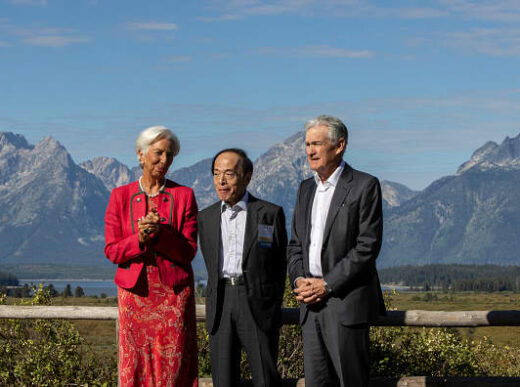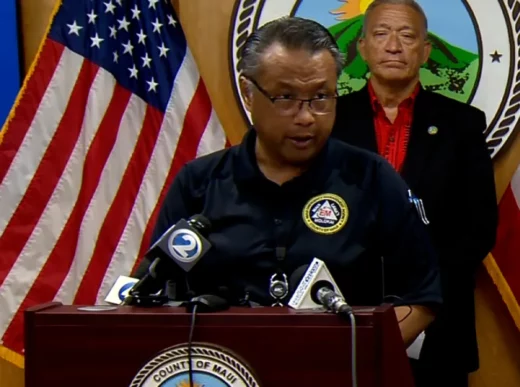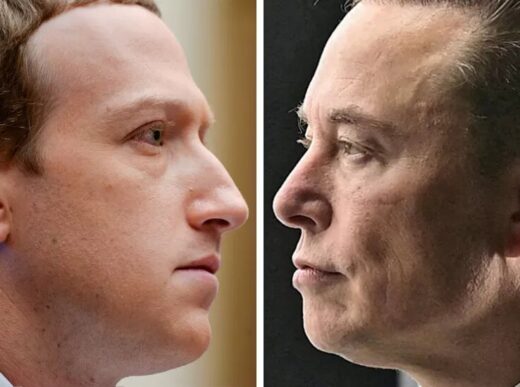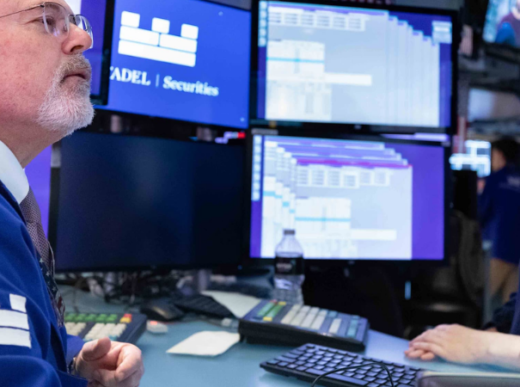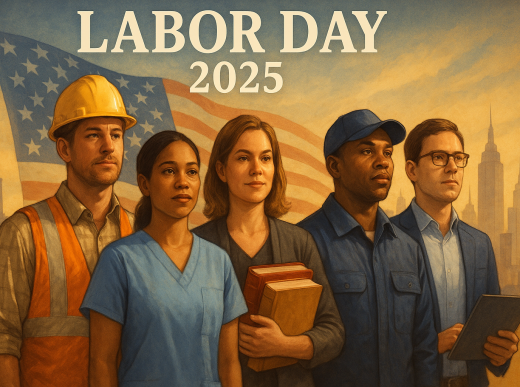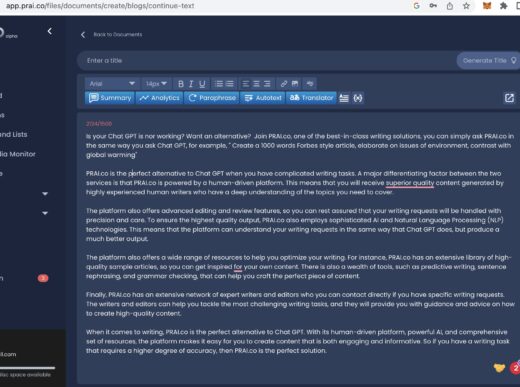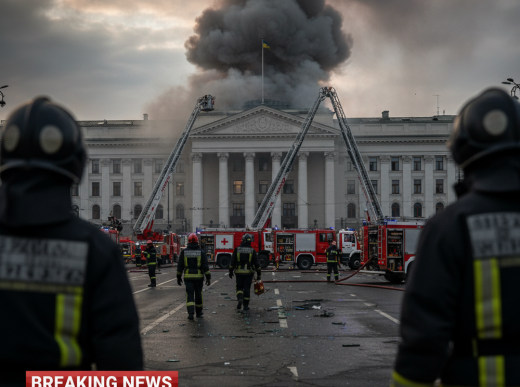In a dramatic escalation of trade tensions, President Donald Trump’s 50% tariffs on Indian imports officially took effect on Wednesday, August 27, 2025, marking the most severe trade penalty imposed on one of America’s largest trading partners since the administration’s return to office.
The punitive tariffs, which the White House describes as retaliation for India’s continued purchases of Russian oil and weapons, represent a doubling of existing trade barriers and threaten to reshape the global economic landscape.
Immediate Economic Impact
The new tariff structure affects $75 billion worth of annual trade between the two nations, according to U.S. Census Bureau data. Department of Commerce officials estimate that the tariffs will impact over 2 million Indian jobs in export-dependent industries.
CNN Business reports that steel and aluminum products from India now face the full 50% tariff, while previously they would have been subject to a combined 100% rate under the administration’s broader trade policy framework.
Major Indian exporters including Tata Steel, Reliance Industries, and Infosys have already announced potential layoffs and production cuts in response to the trade barriers.
India’s Strategic Response
Indian Prime Minister Narendra Modi responded swiftly to the tariff announcement, calling for enhanced “Atmanirbhar Bharat” (self-reliant India) initiatives. Speaking at a Federation of Indian Chambers of Commerce event, Modi emphasized India’s commitment to reducing dependence on American markets.
The Reserve Bank of India announced emergency measures to support affected exporters, including preferential lending rates and currency stabilization interventions. Invest India has launched accelerated programs to diversify trade relationships with ASEAN nations and the European Union.
Global Market Reactions
International markets responded with significant volatility to the trade escalation. The Bombay Stock Exchange (BSE) fell 3.2% in early trading, while the National Stock Exchange (NSE) recorded its largest single-day decline in six months.
Bloomberg analysis indicates that the tariffs could reduce India’s GDP growth by 0.8% in the coming fiscal year. International Monetary Fund economists warn of broader implications for global supply chains and emerging market stability.
The World Bank has revised its growth projections for both economies, citing the trade dispute as a primary factor in reduced economic cooperation between the world’s largest and most populous democracies.
Energy Security Implications
The tariffs specifically target India’s energy relationship with Russia, which has become a contentious issue since the Ukraine conflict began. U.S. Energy Information Administration data shows that India imported $13 billion worth of Russian crude oil in 2024, making it one of Moscow’s largest energy customers.
International Energy Agency analysis suggests that India’s energy diversification efforts may accelerate, potentially benefiting Saudi Aramco, ADNOC, and other Middle Eastern suppliers.
The U.S. State Department has indicated willingness to negotiate energy partnerships if India reduces its Russian oil imports by 75% within six months.
Congressional and Industry Response
Congressional leaders remain divided on the tariff strategy. Senate Finance Committee Chairman praised the move as necessary for national security, while ranking Democrats criticized the potential impact on American consumers and businesses.
The U.S. Chamber of Commerce and National Association of Manufacturers have expressed concerns about retaliatory measures and supply chain disruptions affecting American companies operating in India.
Major U.S. corporations including Apple, Google, and Microsoft, which have significant operations in India, are reportedly lobbying for exemptions or graduated implementation of the tariffs.
Diplomatic Efforts and Future Outlook
Despite the trade tensions, both nations continue diplomatic engagement through the Quad partnership with Australia and Japan. Defense cooperation remains robust, with joint military exercises and intelligence sharing continuing.
Trade experts from the Brookings Institution and Council on Foreign Relations suggest that the tariff dispute may be resolved through broader strategic negotiations encompassing defense, technology, and climate cooperation.
The Office of the U.S. Trade Representative has scheduled preliminary discussions for September 2025, offering hope for a negotiated resolution that addresses both nations’ core concerns while preserving the strategic partnership.
As this trade dispute unfolds, it represents a critical test of the U.S.-India relationship and could set precedents for how major democracies navigate competing economic and security interests in an increasingly multipolar world.

